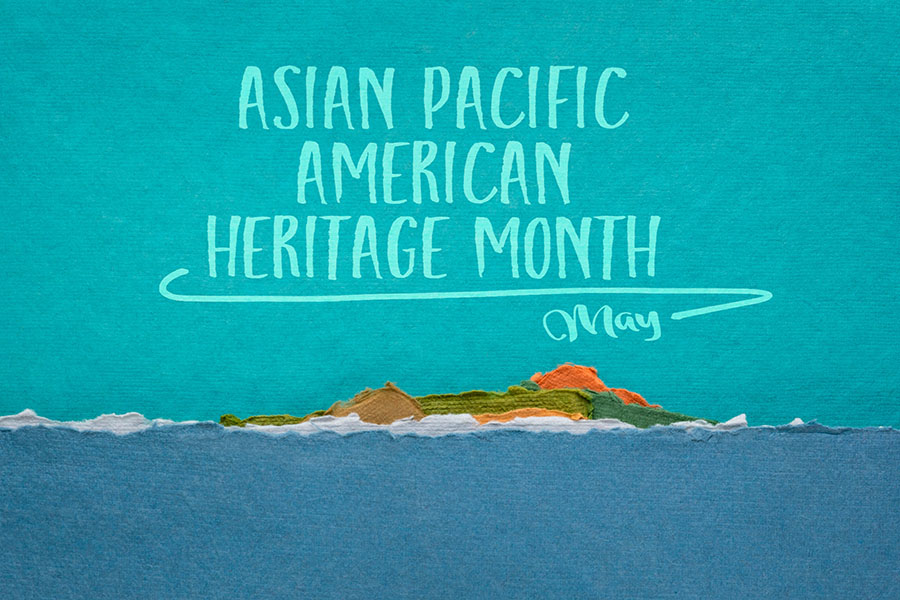STL Partnership Recognizes Asian American Pacific Islander Heritage Month

AAPI community essential to St. Louis economy
With May being Asian/Pacific Islander (AAPI) Heritage Month, the St. Louis Economic Development Partnership (STL Partnership) recognizes the importance role AAPI owned businesses play in the St. Louis economy.
On a national level, AAPI business owners account for more than 3 million companies, 5.2 million employees and more than $950 billion in total sales in 2020, according to the U.S. Small Business Administration.
STL Partnership works with the Asian American Chamber of Commerce of St. Louis (AACC) to ensure companies receive the support they need. Founded in 2011, the AACC is an organization that connects business leaders within the St. Louis region as well as foster business opportunities across East, Southeast and South Asia.
“As the Asian American Chamber of Commerce of St. Louis’ Executive Director, I witness daily the substantial impact AAPI businesses have on our regional economic landscape,” said Jeff Wade. “Our collaborative efforts during AAPI Heritage Month underscore the critical role these enterprises play in fostering a thriving, diverse business environment.”
World Trade Center St. Louis (WTC), the international arm of STL Partnership, has a long history of working with Asian companies. The St. Louis Sister Cities Program is part of the World Trade Center St. Louis’ international mission. Asian sister cities that are tied to St. Louis are Nanjing, China, Wuhan, China, Bogor, Indonesia and Suwa, Japan. 45 years ago, St. Louis became the first U.S. city to have a sister city in the People’s Republic of China with Nanjing. The St. Louis-Suwa Sister Cities Committee is also celebrating their 50th anniversary this year.
“Sister Cities International was formed in the aftermath of World War II as a citizen diplomacy movement, the thinking being that people who knew each other were less likely to enter into conflict,” said Stella Sheehan, deputy director of WTC. “Fast forward to the 21st century, and sister cities relationships now serve to cut through the noise, highlighting the nature of these special relationships and in many cases a storied, shared history of cultural, business and academic exchanges.”
